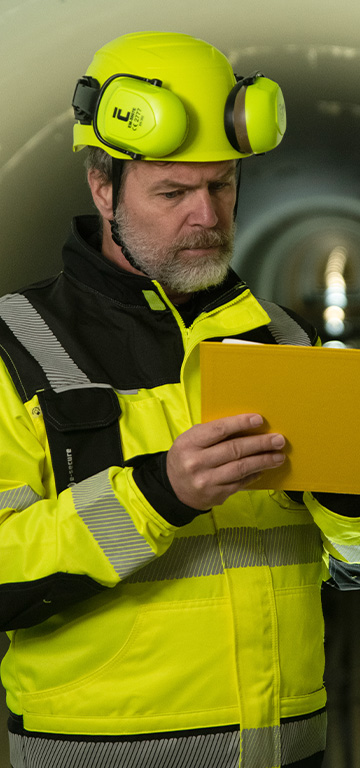
Poor Visibility Hazard
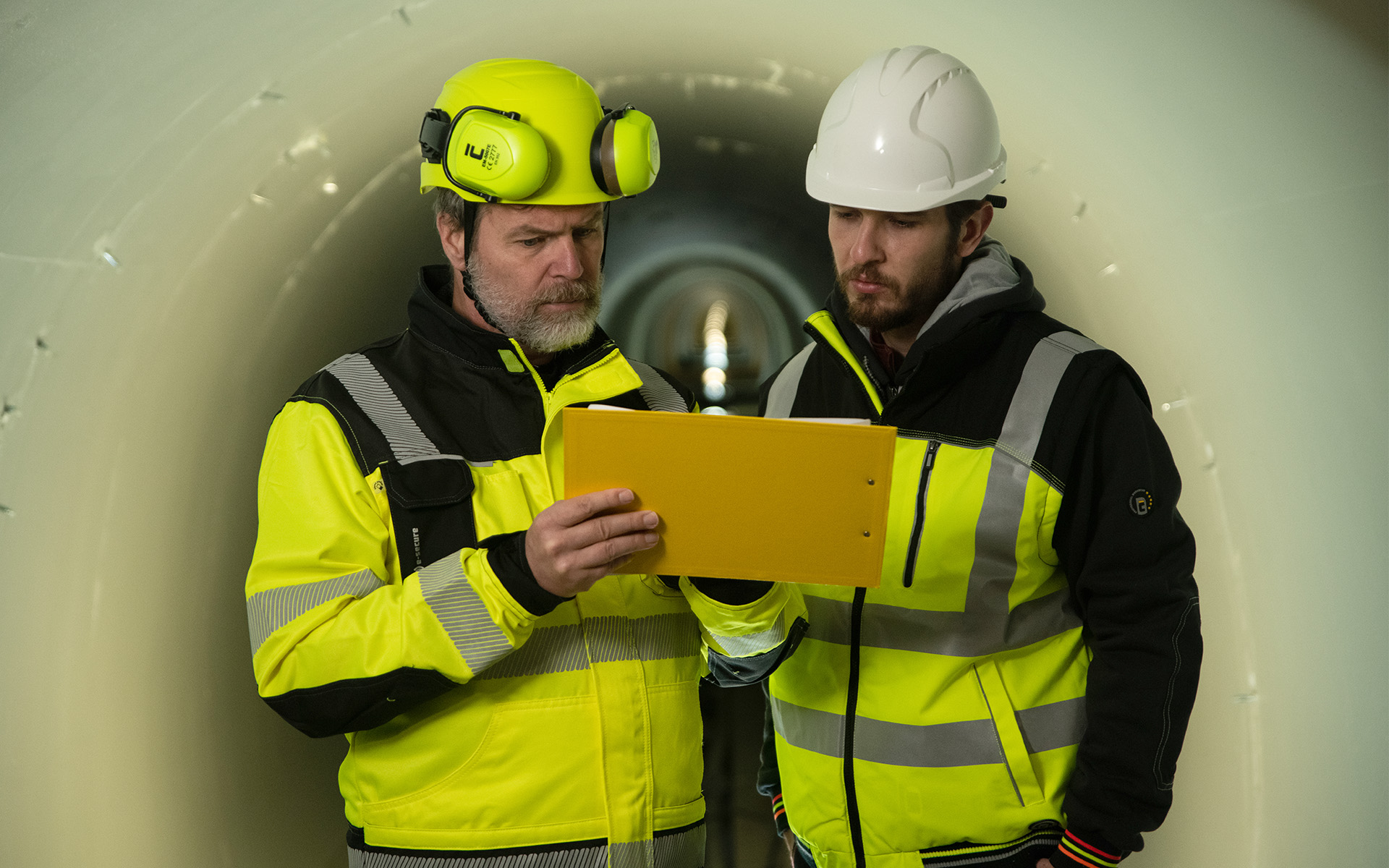
Poor Visibility Hazard
Los datos del Centro de Investigación de Transportes muestran que casi dos tercios de los accidentes mortales de peatones en 2016 en nuestras carreteras fueron debidos a colisiones nocturnas. En respuesta a esta triste estadística, se aprobó una modificación a la Ley de Tráfico de Carretera que exigía a los peatones llevar elementos reflectantes con visibilidad reducida. Gracias a esta modificación, el número de accidentes mortales nocturnos de peatones descendió de 73 en 2015 a 53 en 2017 y a 58 el año pasado respectivamente, mientras que el tráfico en las carreteras checoslovacas continúa en aumento.
La ropa HI-VIS, como son las prendas con elementos reflectantes, puede sin embargo aumentar hasta diez veces la visibilidad de las personas por la noche. Por tanto, las probabilidades de que un conductor le vea a tiempo son mucho mayores. Las cifras mencionadas en la introducción solo confirman que este es el caso real. No solo ha descendido el número de accidentes nocturnos, sino que la proporción con respecto al total ha descendido desde dos tercios originalmente a solo la mitad. El riesgo de accidentes nocturnos de peatones es significativamente inferior gracias al uso de ropa de trabajo HI-VIS.
Colour Matters: Choosing Highly Visible Shades
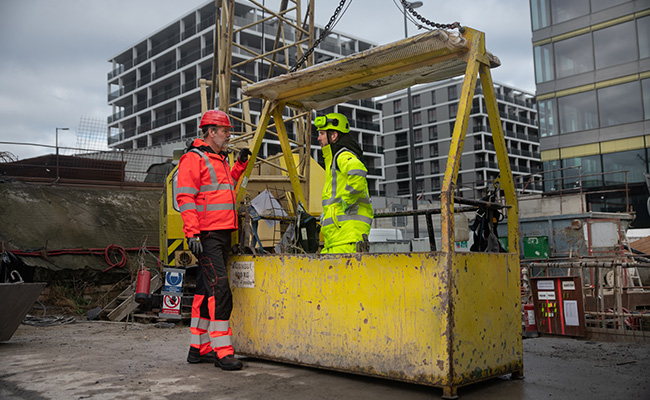
Colour Matters: Choosing Highly Visible Shades
Two colours reign supreme in the high-visibility realm: fluorescent yellow and red-orange. While red is acceptable, it must fall within the orange color spectrum to be considered truly hi-vis. This distinction is crucial, as red may be challenging to recognize for individuals with specific types of color blindness.
At CERVA, a comprehensive range of professional workwear, including pants, jackets, sweatshirts, T-shirts, vests, and more, is available in these highly visible designs.
Compliance with Standards: EN ISO 20471
When selecting reflective clothing, adherence to regulations is paramount. The European standard EN ISO 20471 outlines the basic requirements for professional protective clothing, categorizing them into three classes based on associated workplace risks. The size of the reflective materials determines the class, with specifications for background material, reflective material, and combined material.
For example, classes 1, 2, and 3 dictate the size, number, and distribution of reflective elements. It is not just about a simple vest; higher security classes require additional reflective elements, such as stripes delineating the figure. Vertical reflective elements ensure visibility even when employees are bending or kneeling, providing practicality in various work scenarios.
| Material | Class 1 | Class 2 | Class 3 |
| Underlying material | 0,14 m2 | 0,5 m2 | 0,8 m2 |
| Retroreflective material | 0,1 m2 and that means:
|
0,13 m2 and that means:
|
0,2 m2 and that means:
|
| Combined material | 0,2 m2 |
Tailoring Safety to Your Workplace
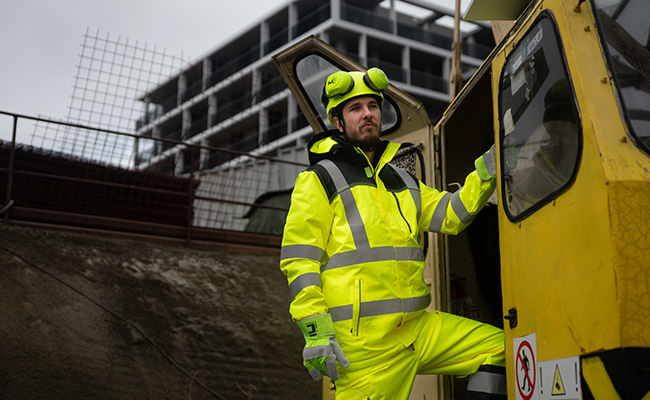
Tailoring Safety to Your Workplace
Choosing the right class of clothing is essential, and it depends on the specifics of the workplace:
- Class 1: suited for employees in non-road or non-railway environments, such as those in construction or forestry. Professional drivers, couriers, and mail carriers can also benefit.
- Class 2: ideal for workers on roads or railway tracks with suspended traffic. Surveyors, rescue workers, and garbage collectors fall into this category.
- Class 3: essential for those working on roads and railways, even during operations. Road workers, utility repair personnel, and airfield staff should adhere to this safety standard.
Not only is the absence of safety clothing at these workplaces hazardous, but it is also against the law. Government regulations stipulate the obligation to provide employees with safety clothing, ensuring compliance with EN ISO 20471:2013-certified attire.
All-Weather Safety
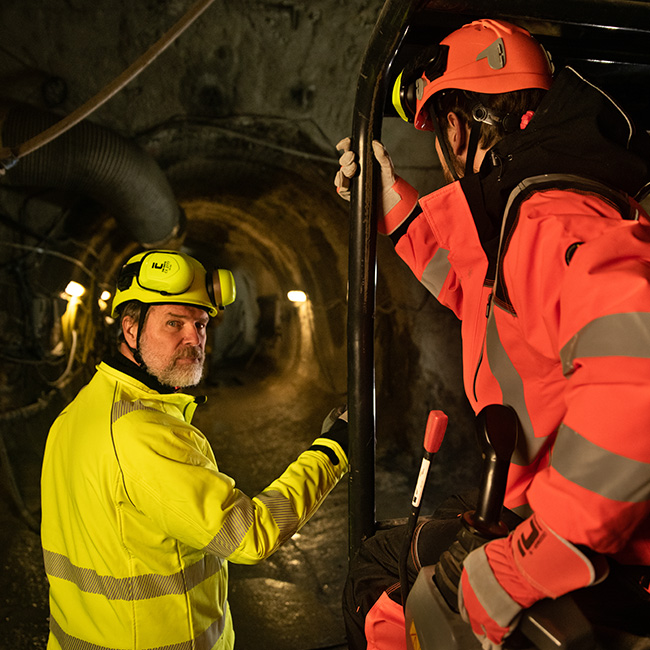
All-Weather Safety
Prioritizing safety does not mean neglecting practicality and comfort. Workers facing the elements year-round require clothing adapted to various seasons. The CERVA safety clothing line includes a wide array of options, from T-shirts and polo shirts to hoodies, jackets, and even specialized winter gear. Our HI-VIS product range contains:
- T-shirts and polo shirts with short and long sleeves
- Hoodies
- Jackets
- Fleece jackets
- Softshell jackets
- Pilot jackets
- Winter jackets
- Coats and raincoats
- Vests
- Overalls
- Trousers
- Bib pants
- Shorts
By combining these garments, workers can achieve the required class of warning clothes as per the EN ISO 20471 standard. During scorching summer days, T-shirts, vests, and shorts keep workers cool, while winter jackets with warm linings provide essential insulation during colder months.
In conclusion, investing in high-visibility clothing not only adheres to safety regulations but also contributes significantly to accident prevention and the overall well-being of workers in diverse workplaces and weather conditions.